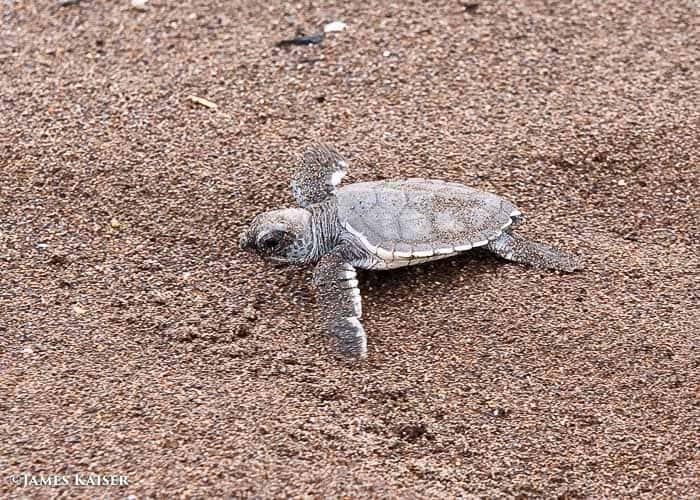After hours of work aboard small sailboats, fishermen of the Miskito ethnic group capture in their nets huge green sea turtles (Chelonia mydas), an endangered species, whose consumption is exceptionally allowed in the Nicaraguan Caribbean, as part of the communities’ traditional gastronomy.
The fishermen of the Caribbean community of Sandy Bay go out in search of the chelonian and other marine species in handcrafted wooden boats designed to function as sailboats, because they cannot afford the fuel for a motorboat.
Once at sea, they cast their nets into the warm waters of the Caribbean, where after five hours of waiting they catch about a hundred sea turtles, whose meat they will later sell for consumption in the market of Bilwi, the main city of Nicaragua’s northern Caribbean.
These chelonians, which can measure a meter and a half in length and weigh more than 180 kilos, are sold in the Caribbean market for 5,000 córdobas each (138 dollars), depending on their size.
According to traders, the turtle is sold for 60 córdobas per pound (less than two dollars for half a kilo) and its consumption is only common in the Caribbean region.
Turtle fishing in this region is done with the approval of the authorities in limited quantities for consumption by the indigenous communities.
Last year, the Ministry of Environment and Natural Resources (Marena) authorized in a resolution the consumption of green turtles for “subsistence purposes for the communities of the Nicaraguan Caribbean Coast”.
Turtle meat is part of the traditional diet of Nicaraguan Caribbean people, a multi-ethnic region that was colonized in the past by the British and is inhabited mostly by indigenous people of the Miskito ethnicity, as well as Mayangnas, Garifunas, Creoles (Afro-descendants) and mestizos.
With the turtle fins, the locals cook the famous “rondón” soup, which also includes other seafood, while the turtle meat and eggs are used to prepare a variety of dishes accompanied with rice, cassava or cooked plantains.
During the reproductive period, the green turtle lays about 100 eggs per nest. When the hatchlings hatch, not all survive because they are also preyed upon on the beaches and in the water by other animal predators, according to the book “Fauna and flora in danger of extinction in Nicaragua”, by wildlife management consultant and veterinarian, Eduardo Sacasa.
According to the expert, green turtles live from southeastern California to Chile. They are also found east of the Galapagos and in Papua Guinea, in Oceania. Chelonia mydas is on the red list of threatened species of the International Union for Conservation of Nature (IUCN).






